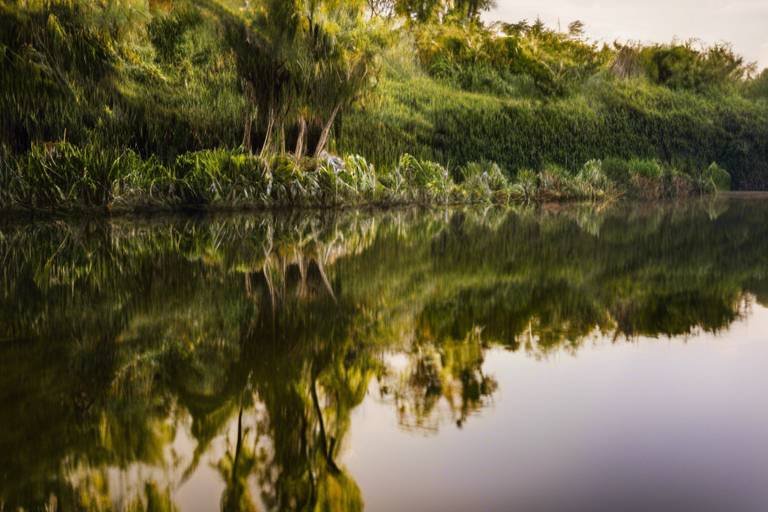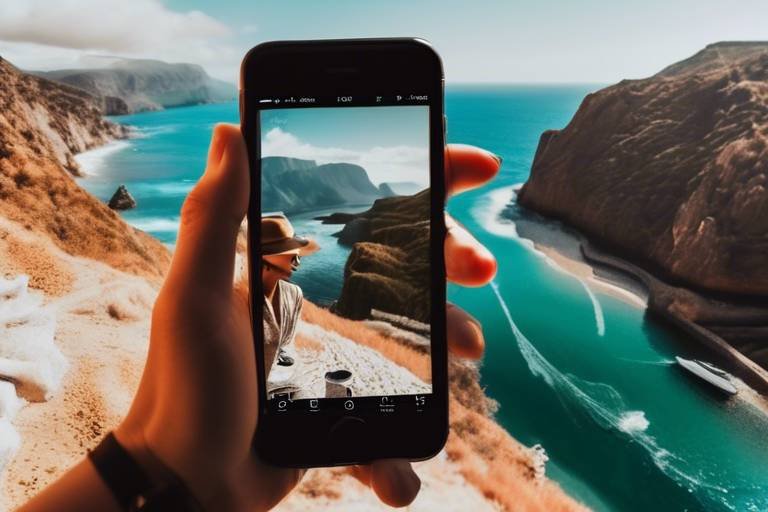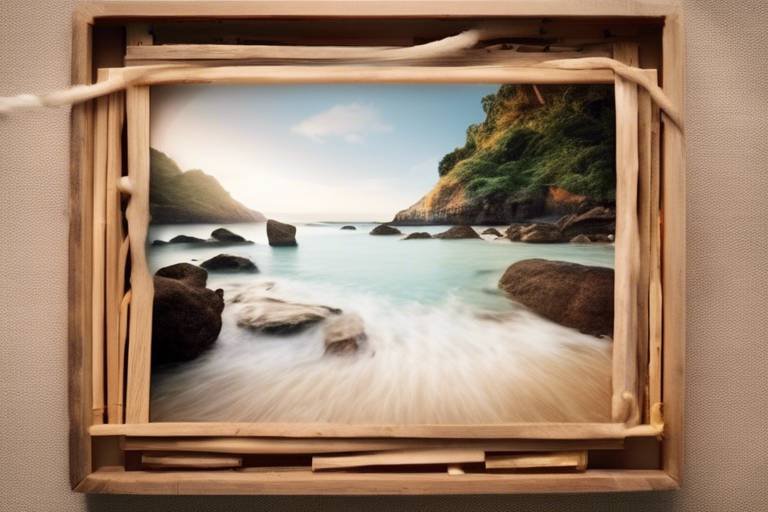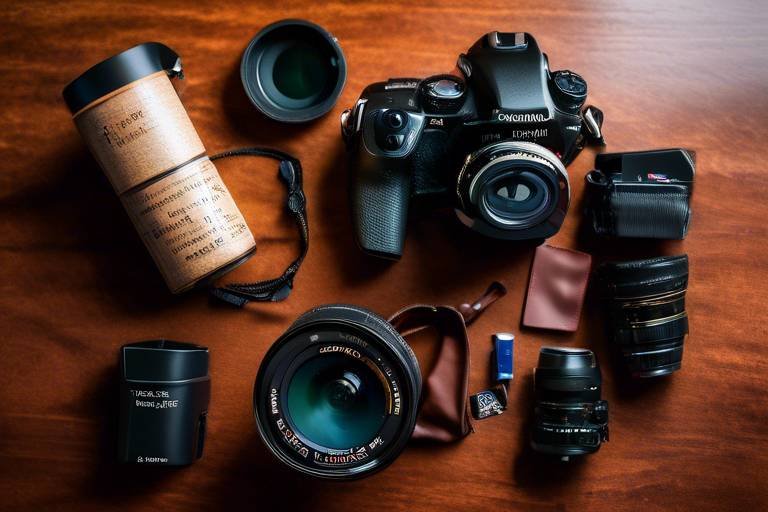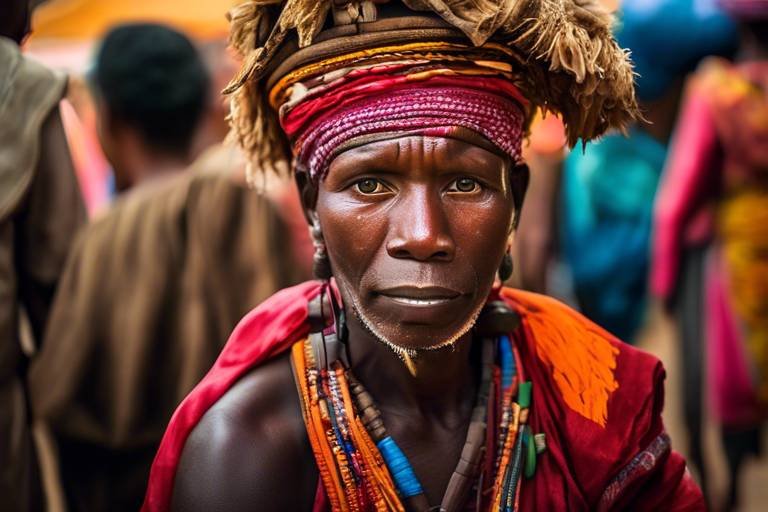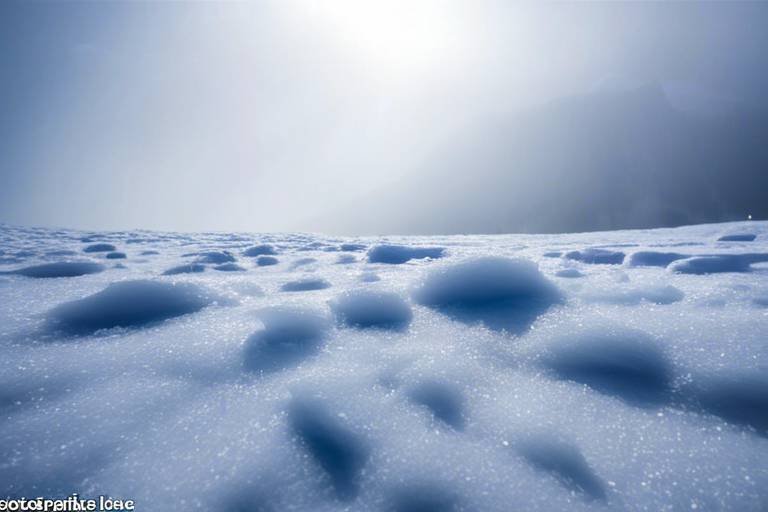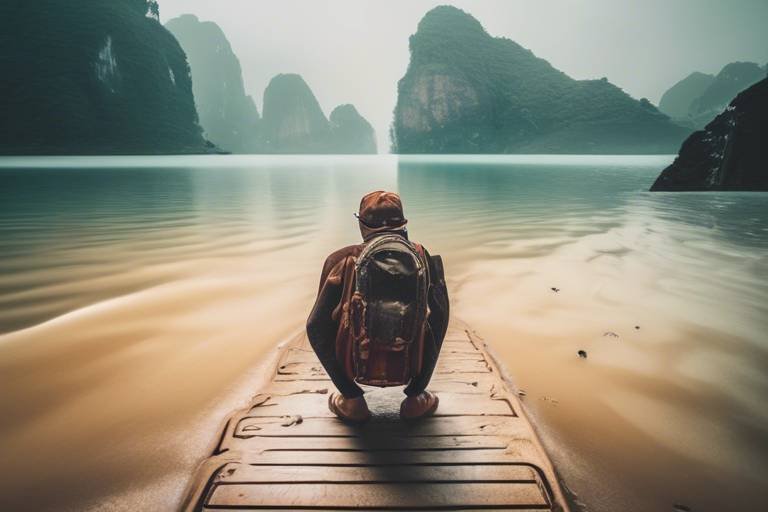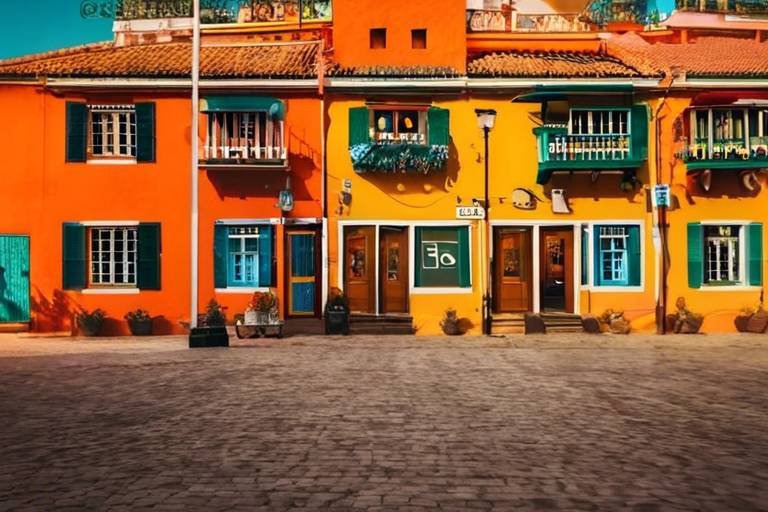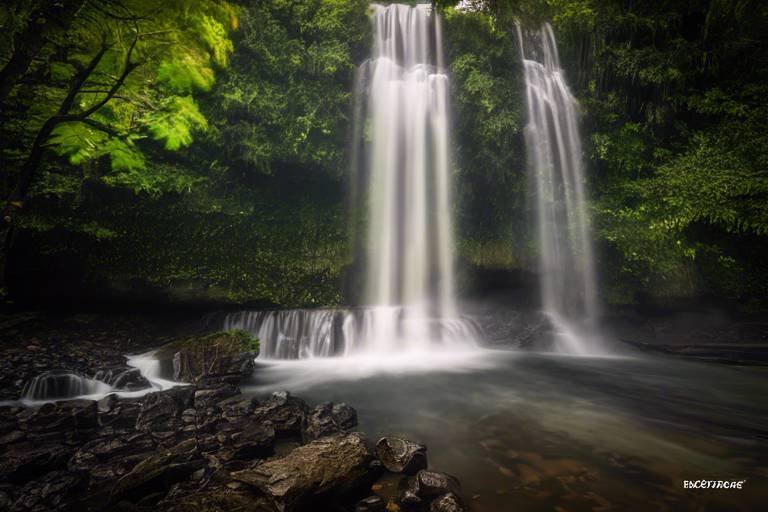Tips for Capturing Reflections in Water Bodies During Your Travels
When traveling to picturesque locations with stunning water bodies, capturing reflections can add a touch of magic to your photography. The interplay of light and water creates mesmerizing images that can truly elevate your travel photos to the next level. Whether you are by a serene lake, a flowing river, or the vast ocean, mastering the art of capturing reflections can make your travel memories truly unforgettable.
One of the key factors in capturing stunning reflections in water bodies is understanding how light and angles play a crucial role. The direction of light and the angle of your camera can significantly impact the clarity and vibrancy of the reflections. By adjusting your position and timing, you can optimize your reflection photography and create captivating images that truly stand out.
Choosing the right camera settings is essential for achieving sharp and detailed reflections in water. Experimenting with aperture, shutter speed, and ISO settings based on the conditions of the water body can help you achieve the desired effect. By mastering the technical aspects, you can ensure that your reflection photos are crisp and visually appealing.
Utilizing polarizing filters can further enhance your reflection photography by reducing glare and boosting colors and contrast. These filters are invaluable tools for capturing reflections in water bodies, allowing you to achieve striking results with minimal distractions. Selecting the right filter and using it effectively can make a significant difference in the quality of your reflection images.
Exploring composition techniques such as leading lines, symmetry, and framing can help you create visually appealing reflection photos. By balancing the elements in your frame and paying attention to details, you can compose images that draw the viewer's eye and evoke a sense of tranquility and beauty. Incorporating foreground elements like rocks, boats, or vegetation can add interest and depth to your reflection shots, elevating the overall composition.
Embracing stillness and patience is key when capturing reflections in water bodies. Allowing the water surface to settle and waiting for the perfect moment can result in clear mirror-like reflections that are truly breathtaking. By staying calm and observant, you can seize the magic of reflections and create images that capture the essence of the moment.
Experimenting with different perspectives and angles can open up a world of creative possibilities for capturing reflections. Thinking outside the box and trying unconventional approaches can lead to unique and engaging reflection photos that stand out from the crowd. By pushing the boundaries and exploring new ways to capture reflections, you can unleash your creativity and create images that tell a story and evoke emotions.
Post-processing plays a crucial role in enhancing the reflections in your travel photos. By adjusting contrast, saturation, and clarity, you can fine-tune your images to bring out the beauty of water reflections. Learning how to use editing tools effectively can help you refine your reflection photos and create stunning visuals that truly showcase the magic of water reflections.
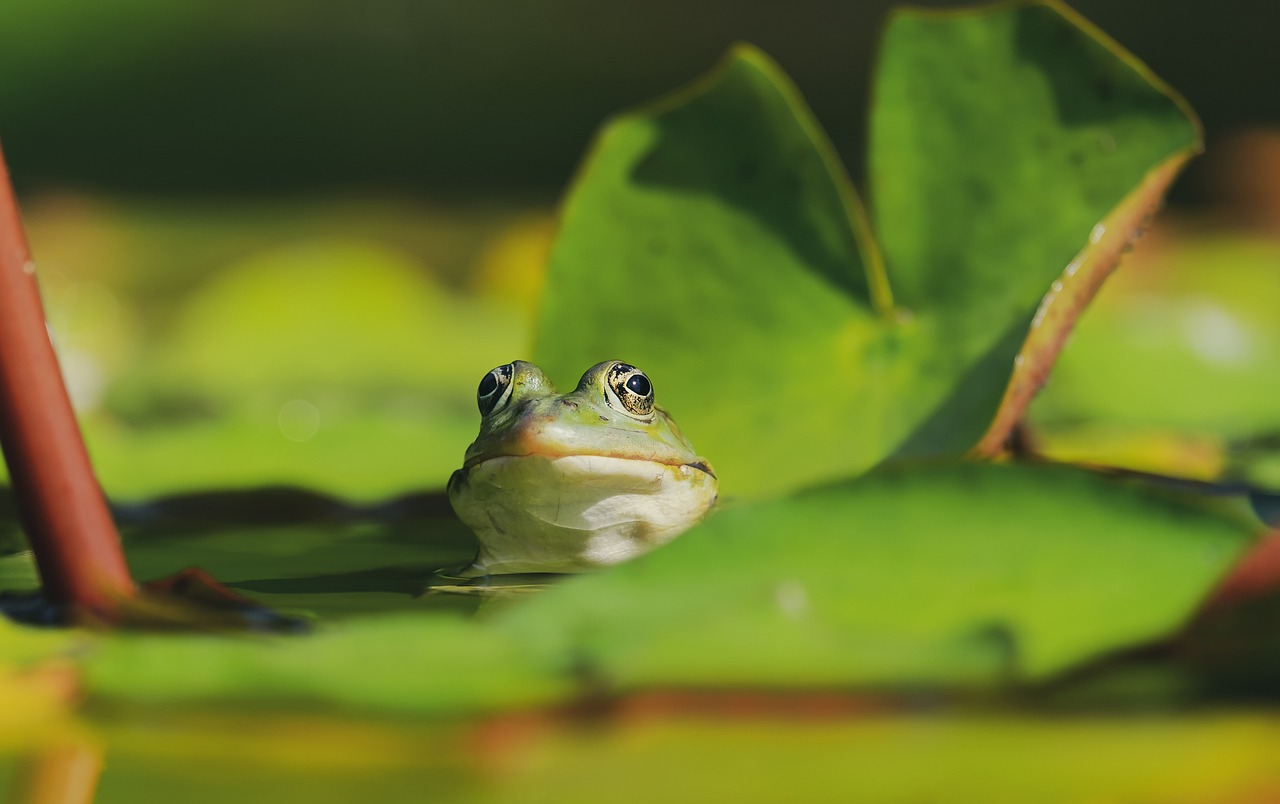
Understanding Light and Angle
When it comes to capturing stunning reflections in water bodies during your travels, understanding the role of light and angle is crucial. The direction of light and the positioning of your camera can significantly impact the clarity and vibrancy of the reflections you capture. By adjusting your position and timing, you can optimize your photography for the best results.
Light plays a vital role in how reflections appear in your images. The angle of the light can create different effects on the water surface, affecting the overall quality of the reflection. Experimenting with various angles and observing how the light interacts with the water can help you achieve the desired look in your photos.
Additionally, the time of day can also influence the quality of reflections. The golden hours of sunrise and sunset often provide soft, warm light that enhances the colors and textures of the reflections. By being mindful of the light conditions and choosing the right angles, you can elevate the visual impact of your reflection photography.
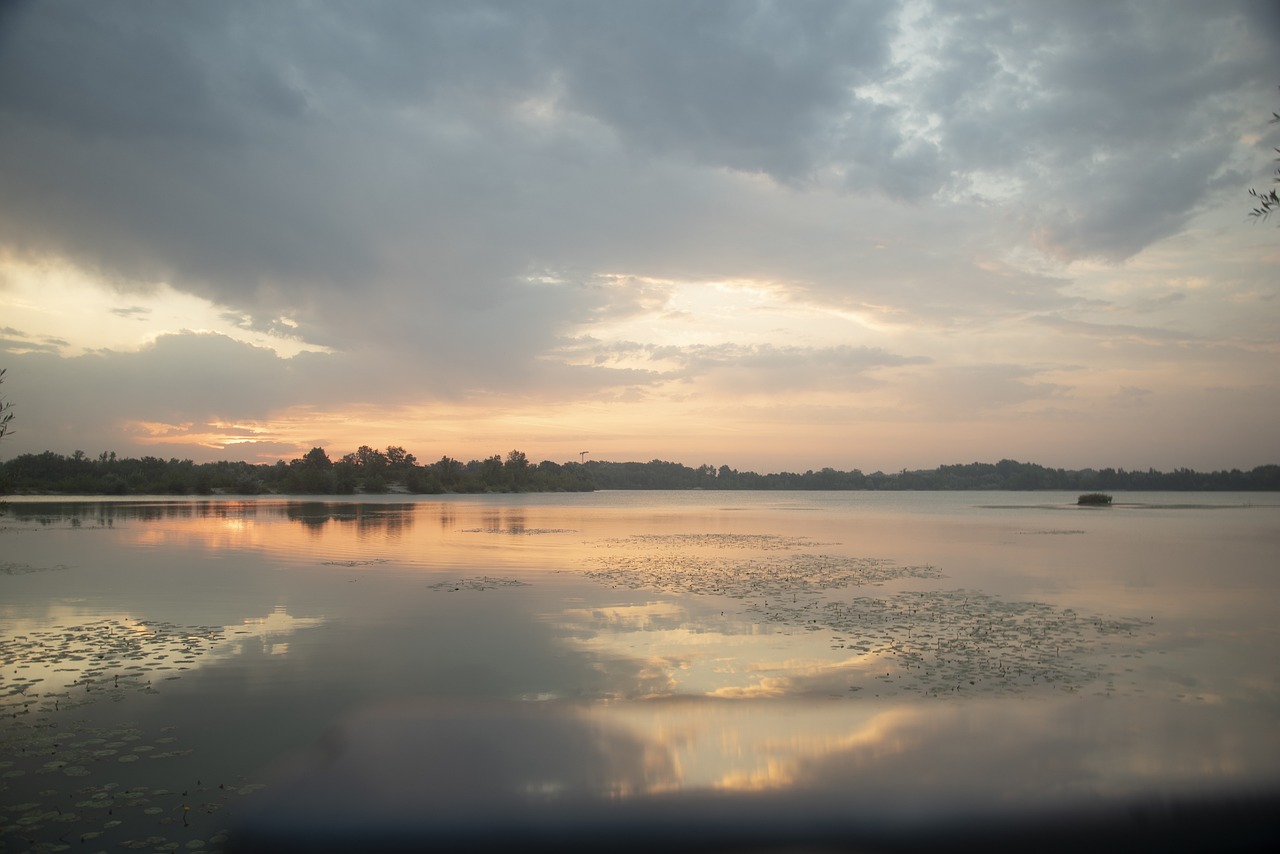
Choosing the Right Settings
When it comes to capturing stunning reflections in water bodies during your travels, selecting the right camera settings plays a crucial role in achieving sharp and detailed images. Understanding how to adjust your camera's aperture, shutter speed, and ISO based on the conditions of the water body can make a significant difference in the quality of your reflection photos.
For instance, when shooting reflections on a calm lake with minimal movement, using a smaller aperture (higher f-stop) can help maintain focus throughout the image, ensuring both the reflection and the surroundings are sharp. In contrast, in situations where the water is choppy or there is movement, a faster shutter speed may be necessary to freeze the action and prevent blurriness in the reflection.
Furthermore, the ISO setting on your camera determines its sensitivity to light, affecting the overall brightness and graininess of the image. Adjusting the ISO based on the available light can help you achieve well-exposed reflection shots without introducing unwanted noise.
Consider creating a table to summarize the recommended settings for different scenarios, providing a quick reference guide for adjusting your camera settings when capturing reflections in various water bodies.
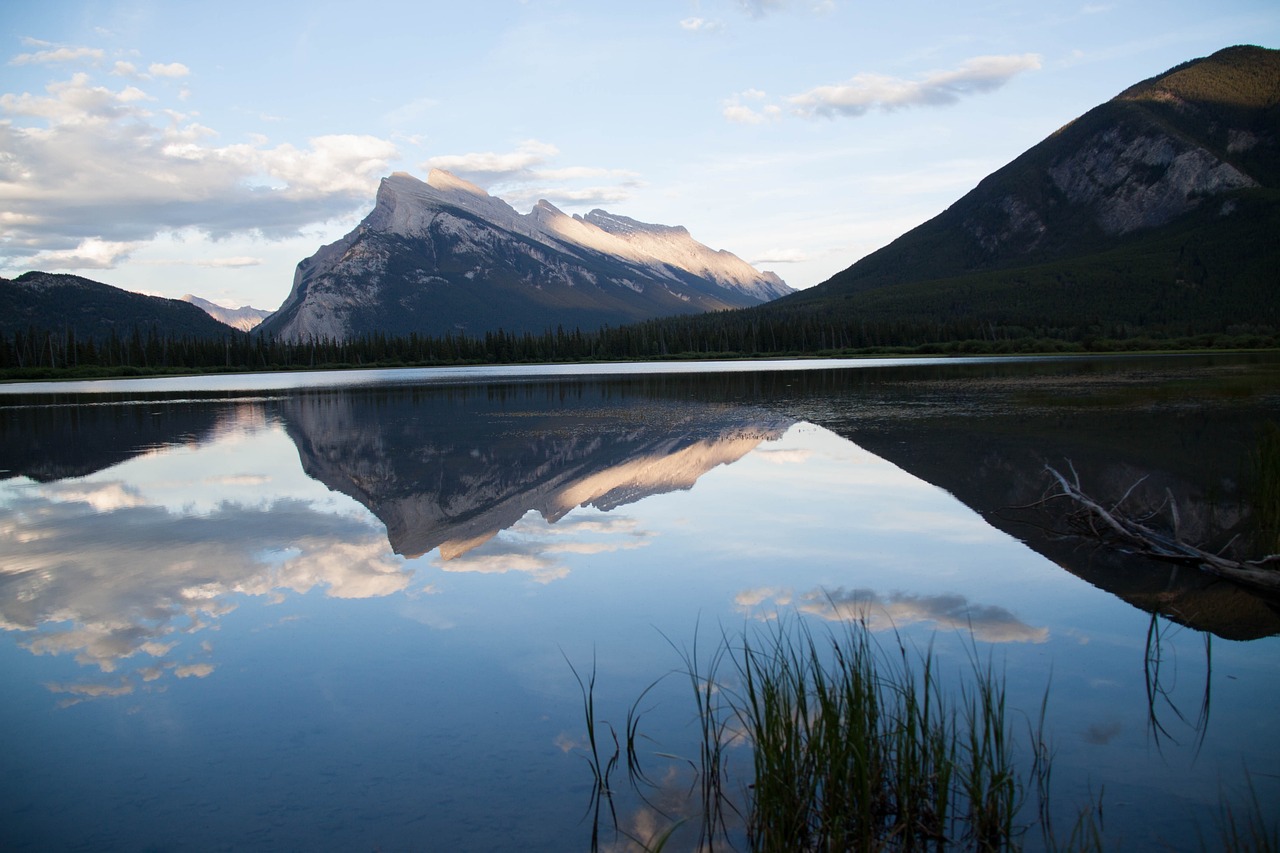
Utilizing Polarizing Filters
When it comes to capturing stunning reflections in water bodies during your travels, polarizing filters can be a game-changer for your photography. These filters are designed to reduce glare and enhance the colors and contrast of reflections in water, making your images more vibrant and captivating.
By , you can effectively cut through the reflections on the water's surface and reveal the true beauty underneath. These filters work by blocking certain light waves, allowing you to control the amount of reflection and saturation in your photos.
When choosing a polarizing filter, make sure to select one that is compatible with your camera lens diameter for optimal results. Additionally, it's essential to adjust the filter rotation to achieve the desired effect based on the angle of the light and the composition of your shot.
Whether you're photographing a serene lake at sunrise or a dynamic ocean scene at sunset, polarizing filters can help you capture reflections with clarity and impact. Experiment with different filter settings and angles to see how they can transform your water reflection photography.
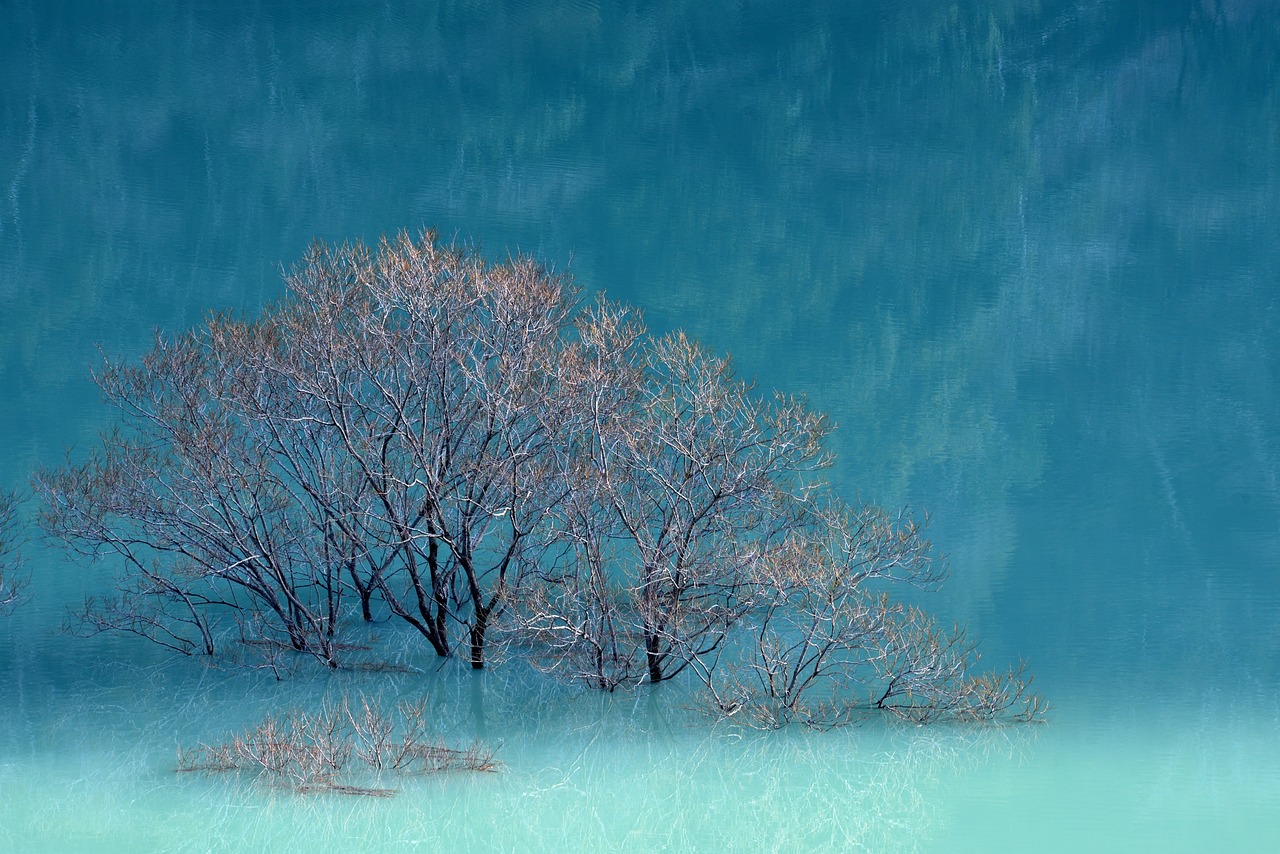
Exploring Composition Techniques
When it comes to capturing stunning reflection photos in water bodies during your travels, mastering composition techniques is key to creating visually appealing images that stand out. By exploring different ways to compose your shots, you can elevate the impact of reflections in lakes, rivers, and oceans.
One effective composition strategy to enhance reflection photos is utilizing leading lines. These lines can guide the viewer's eye towards the reflection, adding depth and interest to the image. By incorporating leading lines such as shorelines, bridges, or tree branches, you can create a sense of direction and flow in your composition.
Symmetry is another powerful tool in composition that can create striking reflection photos. By centering your subject or reflection in the frame, you can achieve a balanced and harmonious composition. Symmetrical reflections in water bodies can create a sense of tranquility and beauty, drawing the viewer into the scene.
Additionally, framing is a composition technique that can help draw attention to the reflection in your photos. By using natural elements like overhanging branches, archways, or windows to frame the reflection, you can add context and depth to your images. Framing can also create a sense of intimacy and focus on the reflective surface.
When exploring composition techniques for reflection photography, it's essential to consider the balance of elements in your frame. By carefully arranging the foreground, reflection, and background elements, you can create a harmonious and visually appealing composition. Balancing these elements can help create a sense of unity and coherence in your reflection photos.
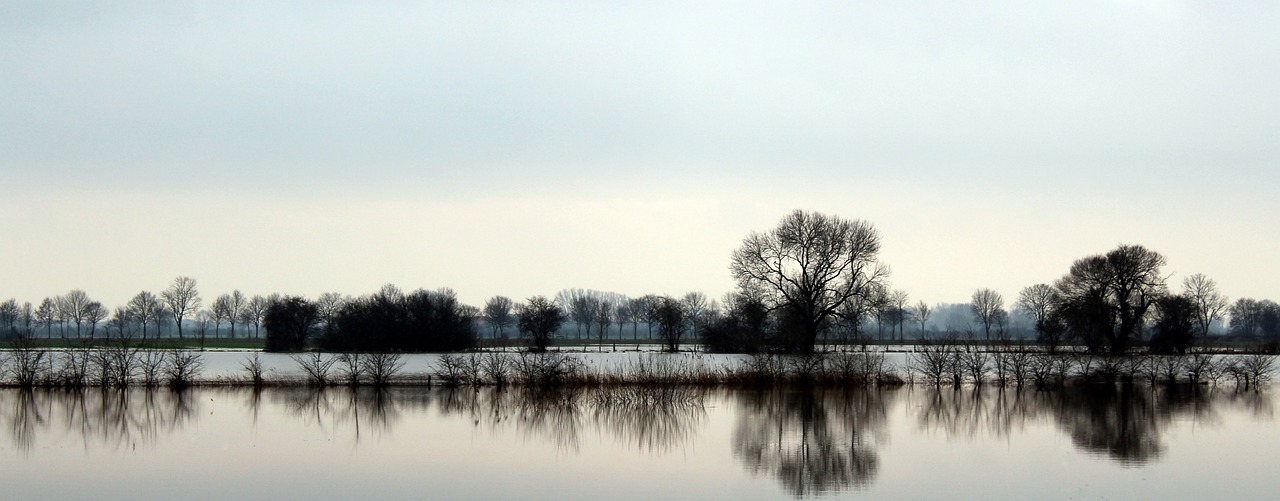
Adding Interest with Foreground Elements
When it comes to capturing stunning reflections in water bodies during your travels, incorporating interesting foreground elements can significantly enhance your photos. By adding depth and context to your composition, foreground elements can create a more dynamic and visually appealing image. Imagine a tranquil lake reflecting the vibrant colors of the sky, with a rustic rowboat or a cluster of colorful flowers in the foreground, adding a sense of scale and interest to the scene.
Foreground elements not only provide a point of focus for the viewer but also serve to anchor the reflection within the overall frame. They can help guide the viewer's eye through the image, leading them to the reflective surface of the water and creating a sense of connection between the foreground and the background. Whether it's a silhouette of a tree, a group of pebbles, or a lone figure standing by the shore, the right foreground element can elevate your reflection photography to a whole new level.
When selecting foreground elements for your reflection shots, consider the relationship between the element and the reflection itself. Look for objects that complement the colors and shapes present in the reflection, creating a harmonious visual balance. Experiment with different angles and perspectives to find the perfect placement of the foreground element within the frame, ensuring that it enhances rather than distracts from the reflection.
Remember, the key to effectively incorporating foreground elements in your reflection photography is to strike a balance between the elements in the scene. Avoid overcrowding the frame with too many distracting elements, and instead, focus on selecting one or two key foreground elements that enhance the overall composition. By carefully choosing and positioning foreground elements in your reflection shots, you can create captivating and memorable images that truly capture the beauty of water reflections during your travels.
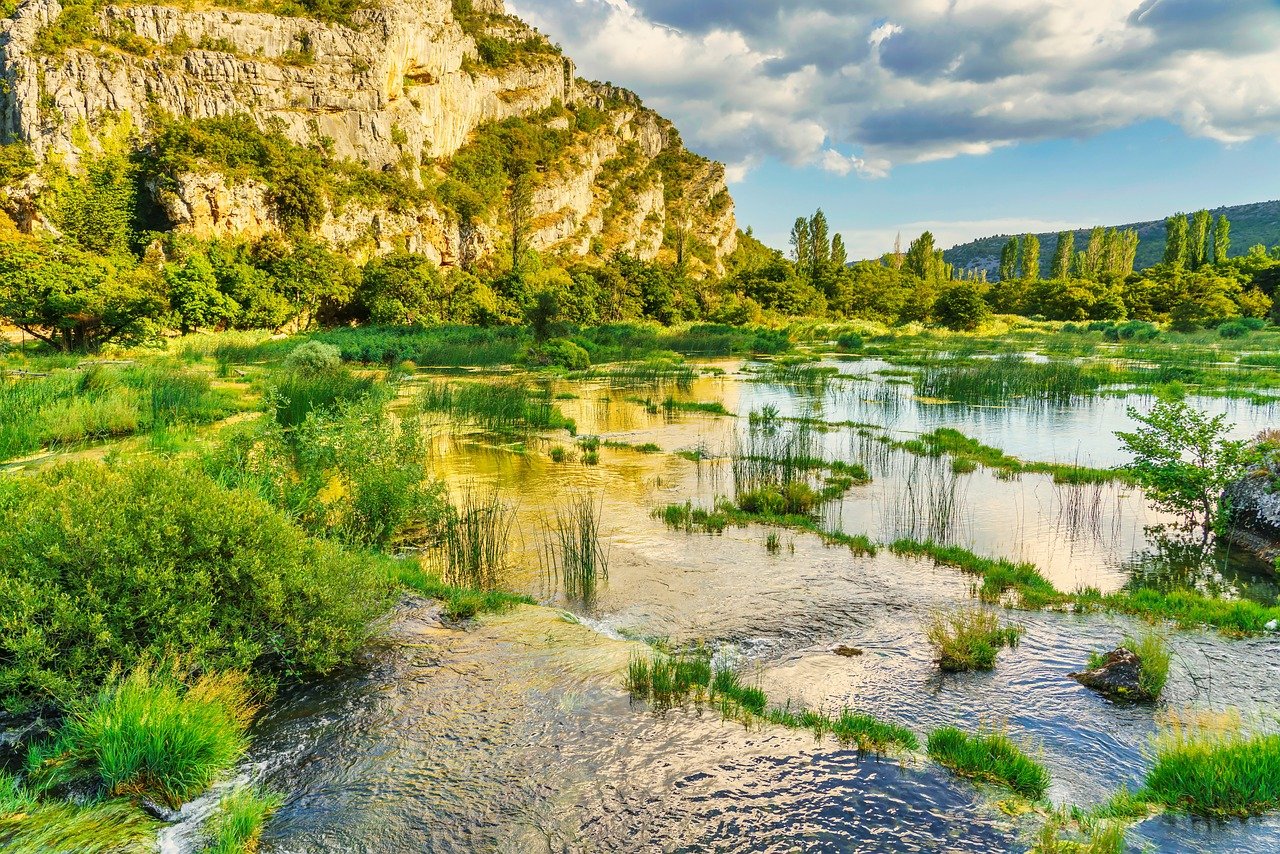
Embracing Stillness and Patience
Embracing stillness and patience is a fundamental aspect of capturing mesmerizing reflections in water bodies. Imagine a serene lake reflecting the vibrant colors of the sky like a mirror, inviting you to pause and appreciate the beauty of nature. To achieve such captivating shots, one must embody patience, allowing the ripples in the water to settle and create a flawless reflection. It's like waiting for a flower to bloom; rushing the process may lead to missing out on the perfect moment when the reflection is at its most breathtaking.
Picture yourself standing by the shore, camera in hand, ready to capture the essence of tranquility mirrored in the water. The key is to remain still, both physically and mentally, absorbing the peaceful surroundings and immersing yourself in the moment. Patience is not merely the ability to wait but the attitude to maintain composure and readiness for that split second when the reflection transforms into a work of art.
Moreover, embracing stillness allows you to connect with the environment on a deeper level, harmonizing with the rhythm of nature. As you observe the subtle movements of the water and the interplay of light, you become attuned to the nuances that enhance the reflection's clarity and beauty. It's a meditative experience, where time seems to slow down, and every breath resonates with the tranquility of the scene before you.
Patience, coupled with stillness, opens up a realm of possibilities for capturing reflections that evoke emotions and inspire awe. It's about surrendering to the moment, letting go of distractions, and focusing solely on the interplay between light and water. As you embrace the art of patience, each reflection becomes a masterpiece, a testament to your dedication to the craft of photography.

Experimenting with Different Perspectives
When it comes to capturing stunning reflections in water bodies during your travels, experimenting with different perspectives can truly elevate your photography game. By exploring unique angles and viewpoints, you can create captivating and original reflection photos that stand out.
One way to experiment with perspectives is to get low to the ground or even try shooting from a higher vantage point. Changing your position relative to the water surface can offer fresh and interesting reflections, adding depth and intrigue to your images.
Additionally, don't be afraid to tilt your camera or shoot from unconventional angles. Sometimes, tilting the camera slightly or shooting from a different orientation can result in dynamic and artistic reflection shots that spark curiosity and engagement.
Consider incorporating surrounding elements into your composition to provide context and contrast. By including elements like overhanging branches, nearby buildings, or passing clouds in your frame, you can create a narrative within your reflection photos, making them more compelling and thought-provoking.
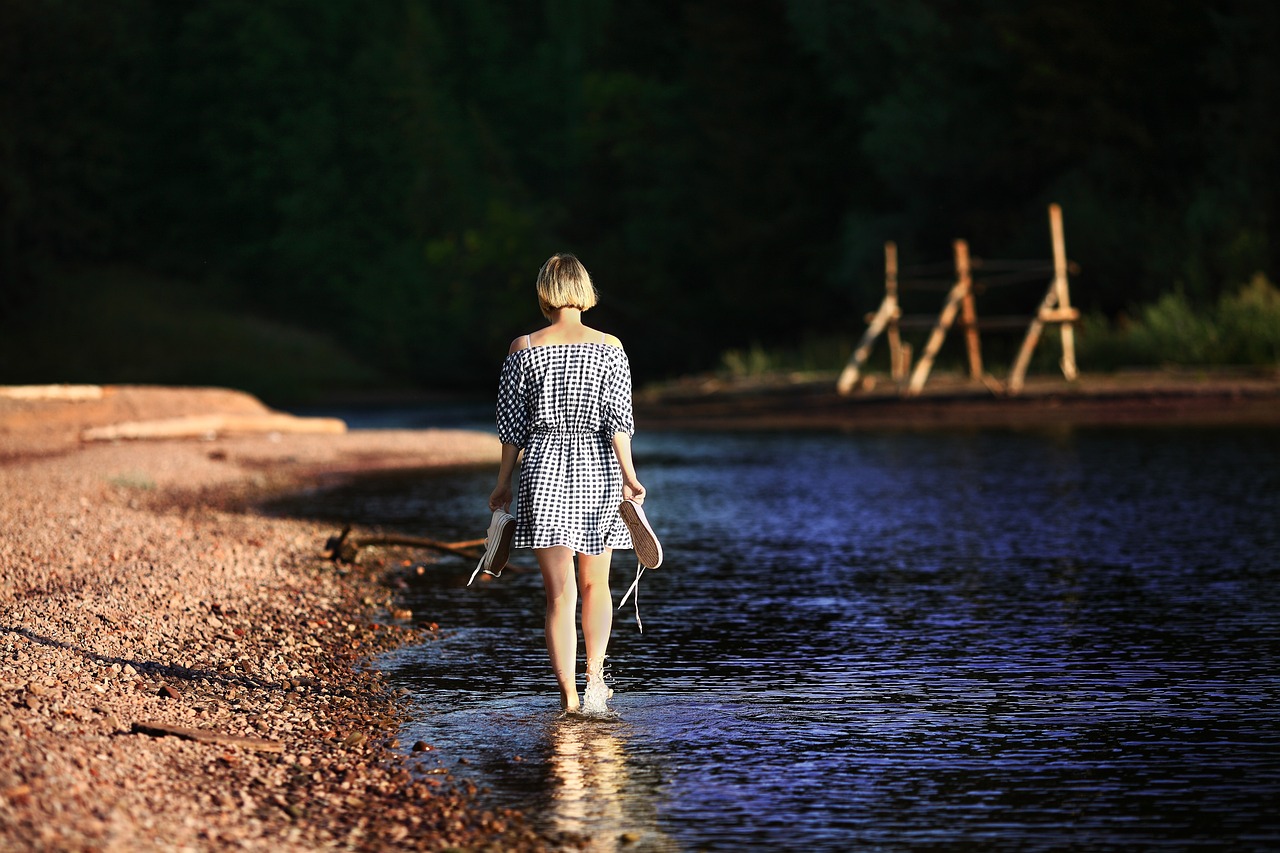
Post-Processing for Enhancement
Post-processing plays a crucial role in enhancing the reflections captured in your travel photos. By utilizing editing tools and techniques, you can elevate the visual impact of water reflections and make them truly stand out. One important aspect of post-processing is adjusting the contrast levels to ensure that the reflections pop and appear more defined. By fine-tuning the contrast, you can create a more dynamic and engaging image that draws the viewer's attention.
Another key element to focus on during post-processing is saturation. By adjusting the saturation levels, you can enhance the colors of the reflections, making them more vibrant and captivating. This step is particularly useful in bringing out the natural beauty of the water and the surrounding environment, adding depth and richness to your photos.
Clarity is also an essential factor to consider when enhancing reflections through post-processing. By sharpening the details and increasing clarity, you can make the reflections appear crisper and more defined, adding a sense of realism to your images. This step can help emphasize the intricate patterns and textures reflected in the water, creating a more immersive and visually appealing photograph.
Experimenting with different post-processing techniques allows you to unleash your creativity and truly bring out the best in your reflection photos. Whether you prefer a more natural look or a bold and dramatic style, post-processing gives you the flexibility to fine-tune your images according to your vision and artistic preferences. Remember, post-processing is not about altering reality but enhancing the beauty that is already present in your reflections.
Frequently Asked Questions
- How can I improve my reflection photography skills?
To enhance your reflection photography skills, it's essential to understand the impact of light direction and camera angles on capturing clear reflections. Experiment with different compositions and foreground elements to add interest to your photos. Additionally, practicing patience and stillness can help in capturing mirror-like reflections.
- What camera settings are ideal for capturing reflections in water bodies?
When capturing reflections in water bodies, consider using a small aperture to increase depth of field and a low ISO to reduce noise. Adjust your shutter speed based on the movement of the water. Experiment with different settings to find the optimal combination for sharp and detailed reflections.
- How can polarizing filters enhance reflection photography?
Polarizing filters can reduce glare and enhance colors and contrast in reflections. By using a polarizing filter, you can achieve more vibrant and impactful reflection photos. It's important to choose the right filter and understand how to effectively use it to improve your images.
- What post-processing techniques can I use to enhance water reflections in my photos?
In post-processing, you can adjust contrast, saturation, and clarity to enhance the reflections in your photos. Utilize editing tools to refine the details and bring out the beauty of water reflections. Experiment with different editing techniques to achieve the desired look in your reflection photos.

